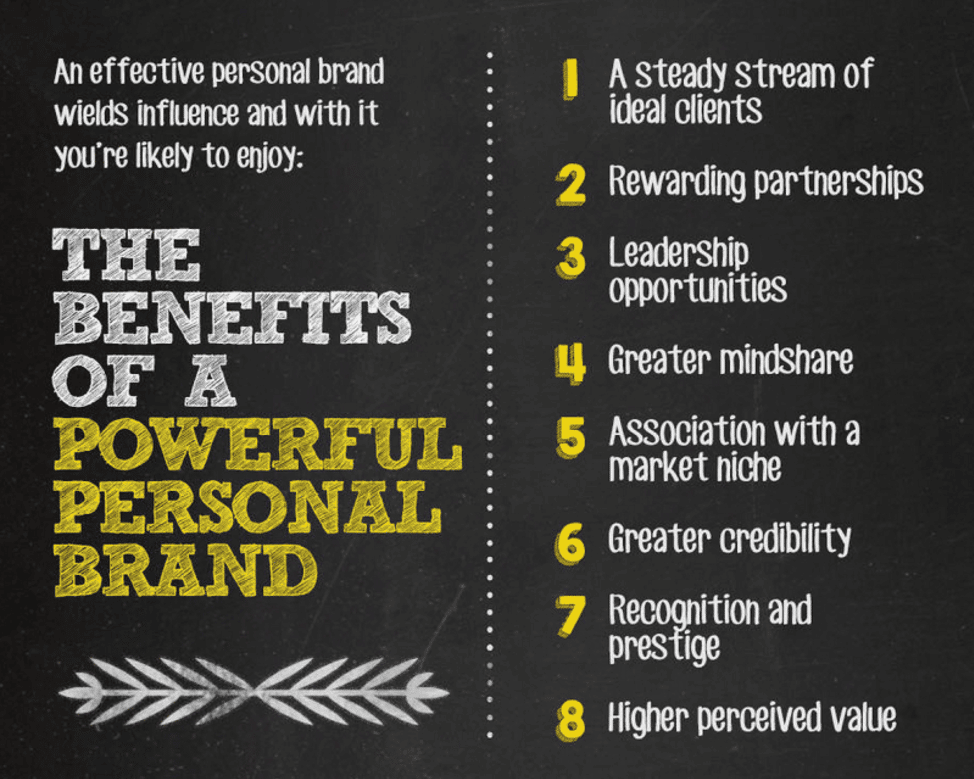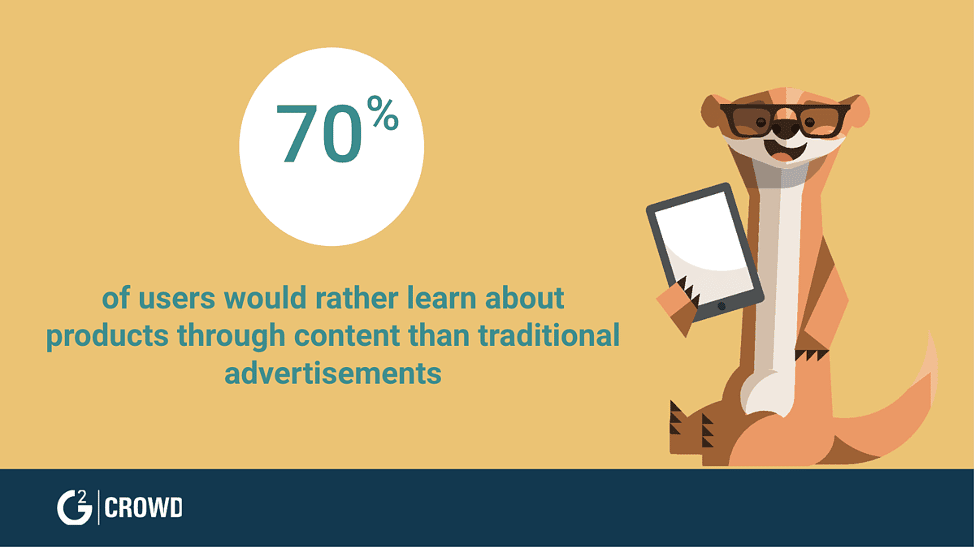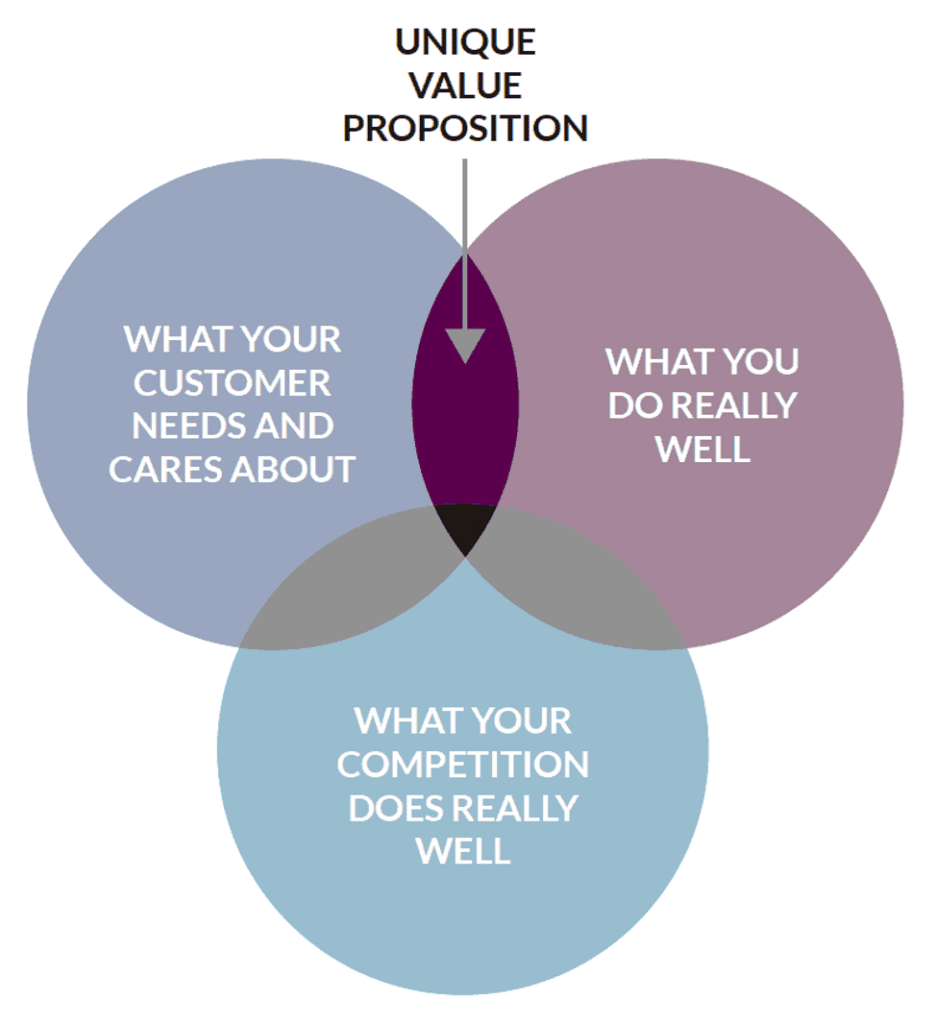If you’ve been thinking about starting a side hustle/business, but you’re still not exactly sure how to get going, you’re not alone. It can sometimes be easier to live within the realm of your ideas because it fuels your creativity, but when it comes to putting those ideas into execution, figuring out how to do it can become overwhelming.
There are a lot of different thoughts that can steer you away from taking the action needed to make your side hustle a reality – and a profitable one. Again, you’re not alone. In fact, 20% of businesses fail within their first year and within the fifth year nearly 50% fail.
Some of the reasons why businesses fail are:
- There isn’t enough demand in the market (42%).
- They run out of money (29%).
- They don’t have the right people (23%).
- They were beat out by the competition (19%).
- They use poor marketing initiatives (14%).
That being said, in today’s blog post I’m going to walk you through the five key steps to getting started with your side hustle. I’ve covered this topic quite a bit in the past, so here are some blog posts you can also check out if you haven’t already:
- 10 Side Hustles You Can Start Now
- How to Jump-Start Your Side Hustle with This 60-Day Action Plan
- The Growth of the Side Hustle
- How to Turn Your Side Hustle into a Full-Time Gig
- How to Start a Side-Hustle and Generate Income in 30 Days
- 25 Side-Hustles You Can Start Now
- How to Build a Six-Figure Income with Your Side-Hustle
Let’s get to it…
Step 1: Tell your story and build your brand
When I first built my website, I had a tough time telling my story because I was afraid that people wouldn’t care and that it wouldn’t resonate with the right audience. More specifically, I didn’t have a big downfall or some sort of trauma that I could associate with my story. Most of the entrepreneurs I follow do. Either a rags-to-riches story or something a deal more interesting than I thought mine was.
However, this was not true. As I began to connect with the people who were subscribing to my blog, there was quickly a point of commonality: they, too, wanted to start their business OR they were B2B marketing professionals looking for a way to build out a marketing strategy that would actually work for their company.
Point is, find a way to tell your story in an authentic way. That’s what’s going to get people to connect and want to engage with you. It’s about being real and painting a larger shared vision for you and your target audience.
As you begin to do this, you’ll soon realize the importance of the role that your story will play in building your personal brand. Your personal brand isn’t just about your story; it’s also about positioning and messaging your expertise as well as your credibility within the marketplace.

Step 2: It takes money to make money
In the earlier stages of getting started with my business, I would shy away from spending any money on advertising. If I did spend, I’d spend small. This was because I was doing more cold outreaches via LinkedIn and email.
Now, looking back, I realize I could’ve avoided many pitfalls and mistakes if I had just tested advertising. In other words, if I would have pushed my message in front of the audience I wanted to target, the feedback loop of understanding interest level, engagement level, leads generated, and sales would’ve been quicker.

With advertising, you learn a lot. Plus, the sophistication with which you can target the audience you are going after has grown substantially, so much so that there is no excuse not to dedicate money towards this avenue.
On the other hand, before you begin advertising, you have to set a starting budget, which I recommend as being anywhere between $500 and $1,000. You can justify this by saying, for example, if you are selling a product or a service for $2,000 and you convert even just one person into a paying customer, that’s your advertising cost paid for. You will also have made money.
Step 3: Know your UVP
Before you push advertising efforts and can really begin, it’s important to stay true to your unique value proposition (UVP).
Per Omniconvert, “the UVP (unique value proposition) is a statement that clearly tells your potential customers how they will benefit from your offer, how your products or services will address their needs and solve their problems, and what makes your offer different from the competition. The term UVP is often used interchangeably with the term USP (unique selling proposition). It is placed on the homepage of a website to make it clear for potential customers how you can improve their situation and add value to their life, and why they should buy from you. Unique Value Proposition is a form of brand messaging that helps you make your customers get in love with your company brand.”

Step 4: Sell your product/service before you launch it
This isn’t a new concept, but once you determine your story (i.e. how you’re going to tell it), the target audience you’re going after, your UVP, and how much you will be spending on advertising, you’ll want to look at selling your product or service before you even launch it.
Here are some key reasons why:
- Doing so limits your risks.
- You can test the demand for what you’re offering.
- Figure out how much money you can truly make IF you do have demand.
- Refine your messaging as needed.
With that in mind, one of the best ways to go about testing the demand for your product or service is by doing a soft launch via webinars. You can develop a presentation, design ads to promote it, and promote the webinar to your target audience through paid channels.
Once you do this, set a goal of the number of signups you want, how many you hope will actually attend the webinar, and how many you want as paid customers. As you run this webinar, it should be educational and further sell people on “why” they should buy from you or work with you.
At the end of your webinar, you can push people to pay on the spot and sign up. Based on the demand you get at this point, you’ll be able to tell if you need to create the product or service you’ve pitched. Further, check out this video by Lewis Howes where he talks about this exact strategy:
Step 5: Make content a top priority
Stop worrying about having to perfect every blog post or video content you push out. Just start doing and publishing. As you get started, you have to be fearless and be okay with testing out different content formats, types and topics. Doing so will allow you to understand which ones your target audience engages with the most.
Once you figure that out, you can then decide on the cadence in which you’ll be publishing new content and how you will distribute that content. Just as you would look at running a webinar to figure out the demand for your product or service, the same goes with the content you generate.
That being said, check out this video as GaryVee talks about the importance of content and context:
Wrapping It Up
Know that when it comes to starting your side hustle, you have to be serious about it. Don’t treat it like a hobby. Treat it like it is an actual business venture that you truly want to make successful and profitable. That means that you are putting effort in every single day.
Lastly, also know that starting your side hustle will take time. You’ll have short-term wins, but make sure that you are focused on the long-term game — meaning you aren’t looking for shortcuts but you are dedicated to growing your side hustle.
“Business is a sprint until you find an opportunity, then it’s the patience of a marathon runner.”
Robert Herjavec





